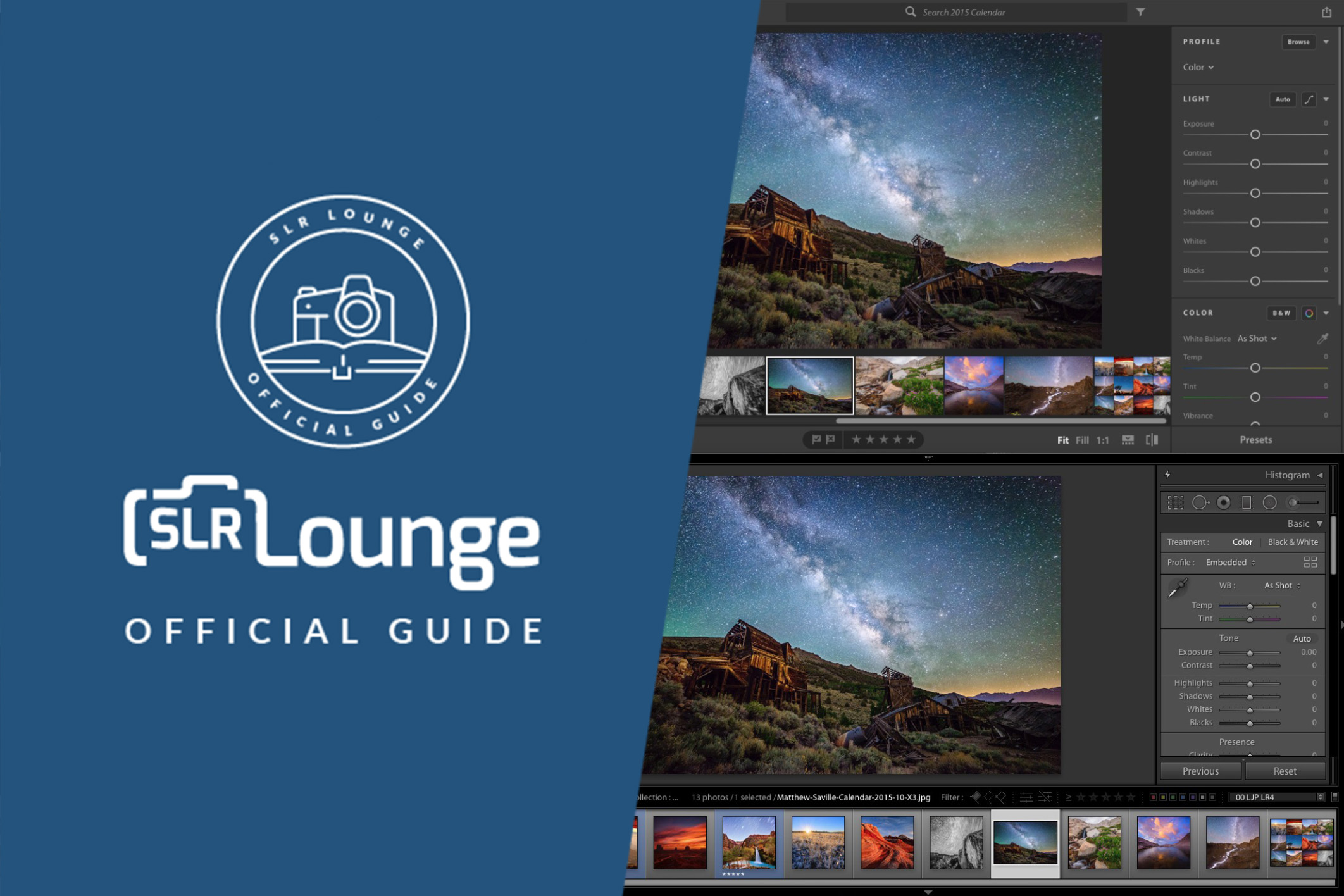
Printing Tools - If you plan to do any printing of your own, or want more control of your images when sending them to a third-party for printing, Classic is the way to go as it has not only Soft Proofing - where you can select paper and ink parameters to visualize how a printed version will look so you can tweak settings specifically for printing, without impacting your primary edit - but also an entire Print module where you can control margins, layout, resolution, create proof sheets, and more you get none of that with Lightroom Cloud Lightroom Cloud is far more limited in its options for exporting as you can in Lightroom Classic (I use the layers option, for instance, to open multiple frames I captured for focus stacking or more advanced exposure blending)Įxport Options - Lightroom Classic lets you export images as PNG or PSD files, has a robust arsenal of ways you can rename files upon export, allows you to set a file size limit and control the pixels-per-inch, and provides the ability to create export presets that you can use to meet your various needs (print, web, social media, or whatever else you may need on a regular basis).

in Lightroom Classic, you can create slider and color presets for your local adjustments (Graduated and Radial filters, and the Brush adjustment) so you can replicate a certain look/edit quickly and easily, which is key for me when applying, for instance, my Orton Effect adjustments in Classic you guessed it, Lightroom Cloud doesn't let you create local adjustment presetsĮdit in Photoshop Options - With Lightroom Cloud, you can right-click on an image and choose to open it in Photoshop - and bring the new file back into Lightroom - but you cannot select multiple images to open as layers in Photoshop, nor can you open an image as a Smart Object in Photoshop.

Local Adjustment Presets - I actually just stumbled across this one as I was preparing notes for the video and this article.


 0 kommentar(er)
0 kommentar(er)
